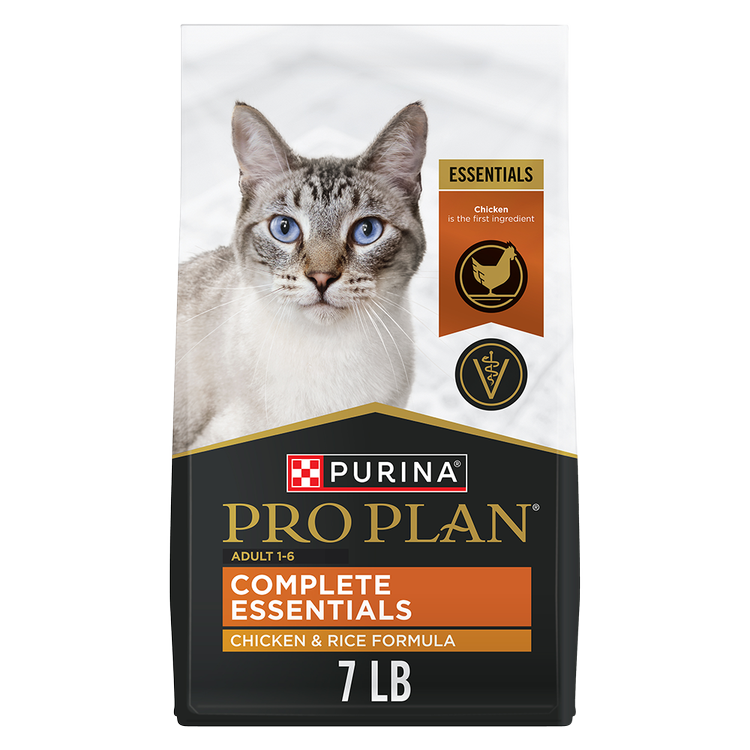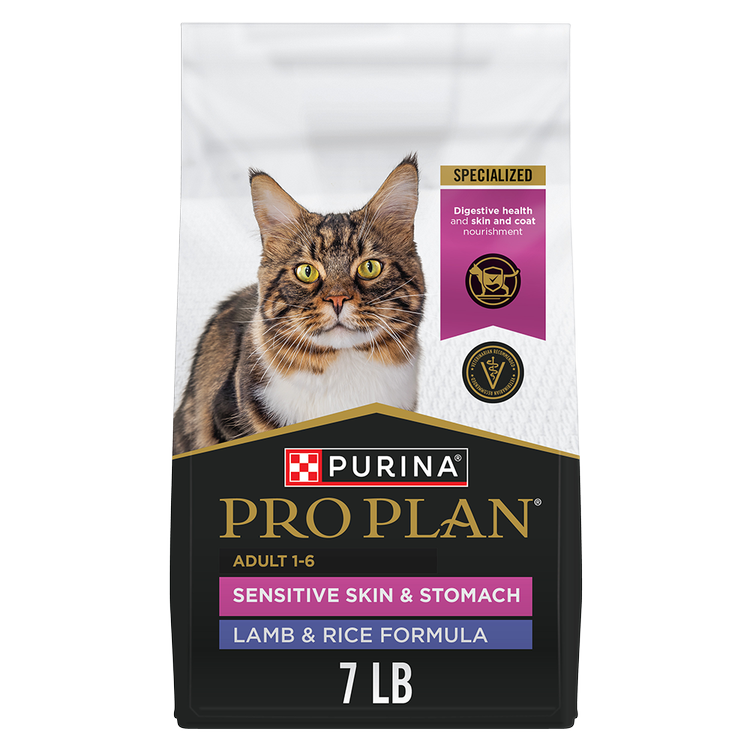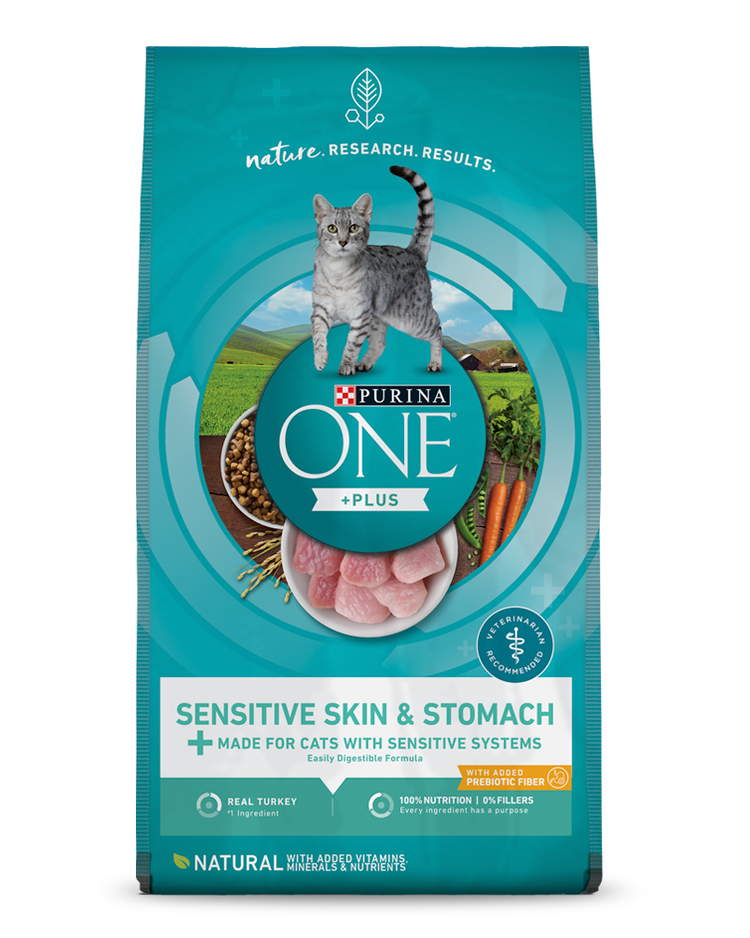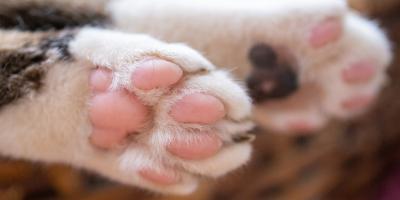What Does it Mean When Your Cat Throws Up Blood?


Vomiting is not normal for cats. If your cat vomits occasionally and seems fine afterward, it’s usually not a cause for immediate concern. Vomiting hairballs is also a clinical sign there is too much hair in the stomach or your cat is unable to pass it properly. Be sure to mention to your veterinarian any vomiting your cat is doing.
However, if your cat just vomited blood, it is a serious issue that requires veterinary care. If the bloody vomit is accompanied by other symptoms, such as lethargy, pain, loss of appetite, or fever, it can be a sign of a life-threatening condition.
Signs of Blood in Cat Vomit
Blood in the vomit is a sign of gastrointestinal distress or internal bleeding. Take your cat to the vet as soon as possible, whether your cat is throwing up blood that is bright red, streaky, blood-tinged mucus, or dark in color and looks like coffee grounds.
What Does Blood in Cat Vomit Look Like?
Copy: If the blood is red and streaky, it may be a sign of a damaged esophagus, external trauma, a foreign object, or inflammation of the esophagus or stomach.
If the vomit blood is dark and resembles coffee grounds, it’s most likely an issue in the digestive tract. Keep watch for these other symptoms that may occur if your cat is puking blood:
- Lethargy or weakness
- Difficulty or shallow breathing
- Diarrhea
- Loss of appetite
- Abdominal pain
- Fever
- Black stools
Take these signs and symptoms seriously and take your cat to a vet as soon as you can.
Reasons Why a Cat Might Vomit Blood
Why is my cat throwing up blood? There are several reasons why a cat vomits blood. All of them are concerning and necessitate veterinary care. Your vet will examine your cat and will likely order blood, fecal, and urine tests as well as other diagnostic tests to identify the cause.
Gingivitis
Gingivitis is inflammation of the gums. When the gums bleed, your cat will swallow the blood and then vomit it up. Your cat will need to be sedated for your vet to examine and treat the condition. Treatments may include extracting teeth or proactive oral health care, with brushing or other care to alleviate the gingivitis.
Hemophilia
Hemophilia is a rare disorder that prevents the blood from clotting properly. It is usually an inherited condition, although cats can acquire it if they are exposed to certain toxins, such as rat poison.
The condition is characterized by excessive bleeding or prolonged bleeding after surgery. Your vet will run tests to identify if your cat has hemophilia. It can be treated and then managed with proper care and caution in how cats play, how her claws are clipped, how she interacts with other cats, and any situation that can cause minor cuts and bleeding.
Rat Poison
Cats can become sick due to a clotting disorder if they eat rat poison or a poisoned rat. Other signs will include lethargy, difficulty breathing, lack of appetite, and excessive thirst. Outdoor cats are at higher risk than indoor cats, because they are out hunting prey like mice and rats.
If you suspect your cat may have ingested rat poison or a poisoned rodent, seek immediate care. While there are some rodenticides on the market that are not toxic to pets, always avoid using any rat poison around pets and children.
Foreign Bodies
Sharp bones, toy pieces, or other objects can damage your cat’s esophageal wall and stomach and cause bleeding. They can also lead to an obstruction in the digestive tract. If your cat has swallowed a bone or toy piece and is vomiting blood, it requires the immediate attention of a vet, and your cat will most likely need surgery to remove the object.
Additional signs that your cat has ingested a foreign body include: pain, blood in the stool, and loss of appetite.
Inflammatory Bowel Disease
There is no known single cause of Inflammatory Bowel Disease (IBD) in cats, and more than one cause is often suspected. These can include genetic factors and an inappropriate immune response to gut bacteria or food proteins.
In addition to blood in the vomit, the signs of IBD can include vomiting without blood, bloody stools, diarrhea, weight loss, fatigue, depression, gas, abdominal pains and gurgling, and an unhealthy coat. Your vet will need to make the diagnosis, and the condition is manageable with the proper treatment plan.
Heartworms
Yes, cats can get heartworms, too, especially if they are outdoor kitties and are not on heartworm prevention. It is an infestation of the parasitic nematode, Dirofilaria immitis, which is borne by mosquitos. In addition to vomit with or without blood, infected cats will have a cough (which may look like vomiting) and experience weight loss with a lack of appetite.
Heartworm parasites do not generally thrive in cats as they do in dogs. Unfortunately for cats that do get heartworms from a mosquito bite, there is no drug that can treat it. The drug used to treat dogs is not safe for cats. However, the condition may be manageable in cats with proper veterinary care.
Mast Cell Tumors
A mast cell is a type of white blood cell that is found in many tissues of the body. They form nodules or masses known as MCTs and most commonly appear in the skin but can also form inside other organs.
Not all MCTs will be cancerous, and those subcutaneous MCTs that are malignant can be removed with surgery. If you find any bump on your cat’s skin, have it checked out by your vet.
MCTs that form in your cat’s spleen or intestines will lead to symptoms that include weight loss, vomiting, loss of appetite and depending on how severe the condition, bloody vomit, and stools. Surgical removal is the treatment of choice for both organ and subcutaneous MCTs.
What to Do if Your Cat is Vomiting Blood
First of all, while it can be terrifying, don’t panic. But just as importantly, don’t wait to take your cat to the vet. Depending on how much blood is present in the vomit, your cat may need immediate attention.
Veterinary Treatment for a Cat Who is Vomiting Blood
Copy: Your vet will need a comprehensive list of your cat’s accompanying symptoms, recent activities, and diet prior to your cat vomiting blood. Your cat will undergo a series of tests to identify the cause, including blood, fecal, and urine analysis. The vet will conduct a clotting profile, palpate internal organs, and perhaps order other tests.
Once your vet knows the cause of the bleeding, a treatment can be determined. Depending on the cause, this can include surgery, hospitalization, or simple at-home care.
The faster you get your cat to the vet, the sooner she will be diagnosed and then her chances of survival improve dramatically. Caught early and treated, most of the conditions that cause your cat to vomit blood will have a positive outcome.
Want more cat health tips? Get advice from our experts on our Pet Expertise page.
Related articles

Be Rewarded for Your Purina Purchases
Earn and redeem points for Purina products with myPurina app.






